
Visit Poznań - Old Market Square and Ostrów Tumski
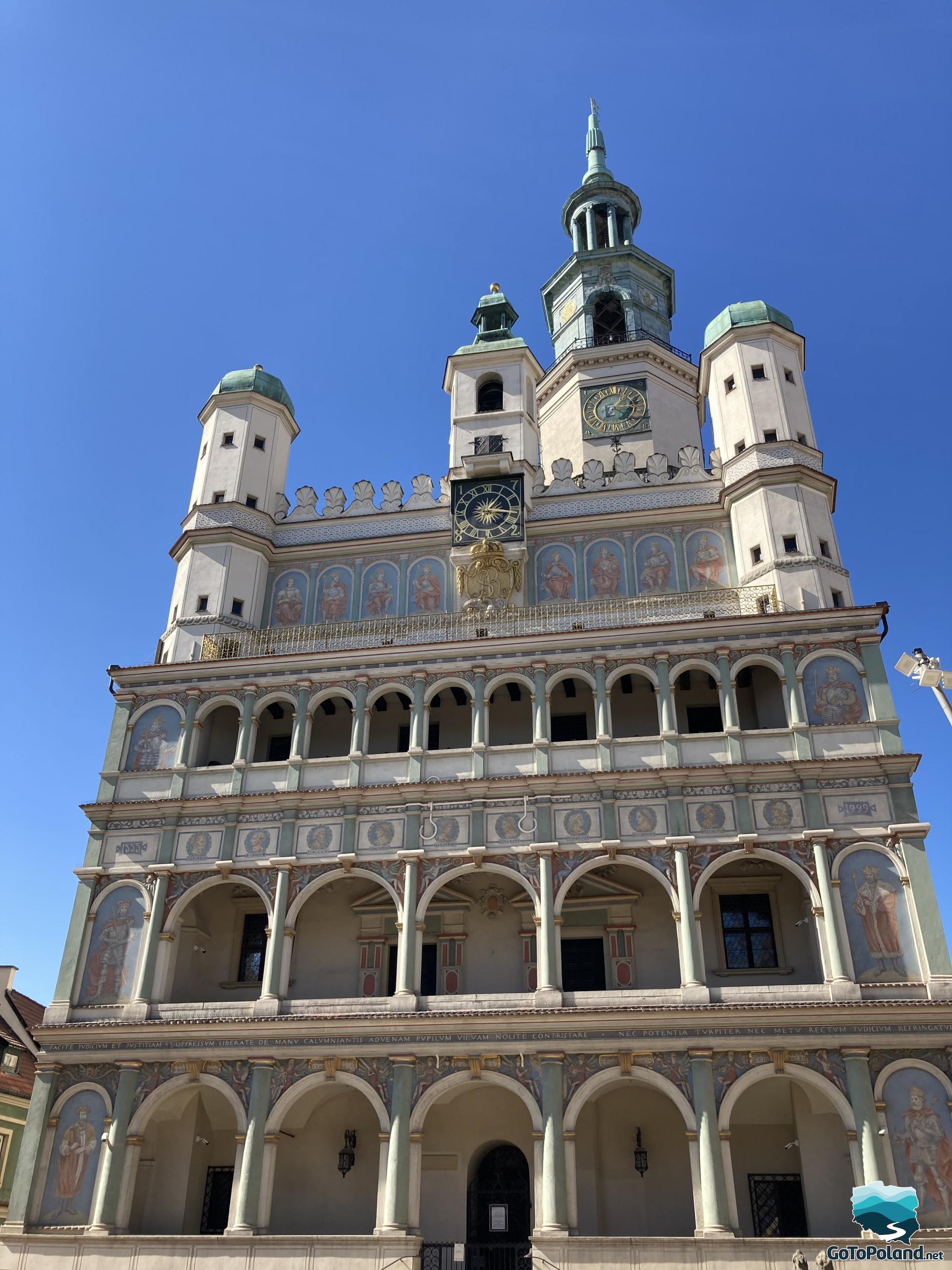
I've been in Poznan once, but it was more a stopover than a city tour. This time it had to be different. I also wanted to take the opportunity to visit Kórnik and Rogalin (two smaller, but charming sites).
Poznan is one of the biggest and oldest cities in Poland. Its history is very rich. It was once a major religious and political centre. In the years 1290-1296 it was also the capital of Poland. In the Cathedral, there is a symbolic grave of the first rulers of Poland - Mieszko I and Bolesław Chrobry (our king). The city is associated with 5 uprisings. Two of them, from 1806 and 1918-1919 ended with complete success for the Poles. Thanks to the work of Poznan cryptologists the cipher of the German Enigma cipher machine was cracked down. In 1956, another uprising took place during which factory workers rose up against the authorities. The people demanded freedom, higher salaries and a better standard of living. Their passion, struggle and determination inspired Hungarians to organise a similar uprising.

Today, Poznań is one of the leading Polish cities thanks to its high standard of living, very good medical care, safety and high-quality education. In 2018, Poznań was recognized as a global metropolis by the Think Tank Globalization and World Cities. It hosts the International Poznań Fair and the International Henryk Wieniawski Violin Competition (the oldest violin contest in the world!). There are theatres, galleries, museums, a ballet, a philharmonic hall, an opera, many colleges and universities, and many other institutions.
Knowing all this, I had to prepare well for the trip. We didn't have much time so I chose (in my opinion) the best monuments and places. To be honest, I think it should take at least a few days to get to know Poznań. My second post about Poznań is here!
More information about Poznań, you will find on Wikipedia
How far is it from Warsaw to Poznań?
The distance from Warsaw to Poznań is 310 km
Is there an airport in Poznań?
Yes, there is Poznań-Ławica Henryk Wieniawski Airport
How far is the airport from the center of Poznań?
The airport is located approximately 7 km from the center of Poznań
What to see in Poznań?
I recommend the Old Market Square with the City Hall and builder houses, Ostrów Tumski with the Cathedral, the Citadel Park, the Croissant Museum of Poznań, Lake Malta and its surroundings, ZOO (especially for kids), the Imperial Castle and the Collegiate Basilica of Our Lady of Perpetual Help, St Mary Magdalene and St Stanislaus the Bishop
So let's get to know Poznań!
Approaching the Old Market Square, we decided to see Chopin Park. It was there that we saw the spectacular Baroque Basilica. At the Collegiate Basilica of Our Lady of Perpetual Help, St Mary Magdalene and St Stanislaus the Bishop in Poznan, you can listen to a magnificent organ concert. We were lucky to catch one of these concerts.
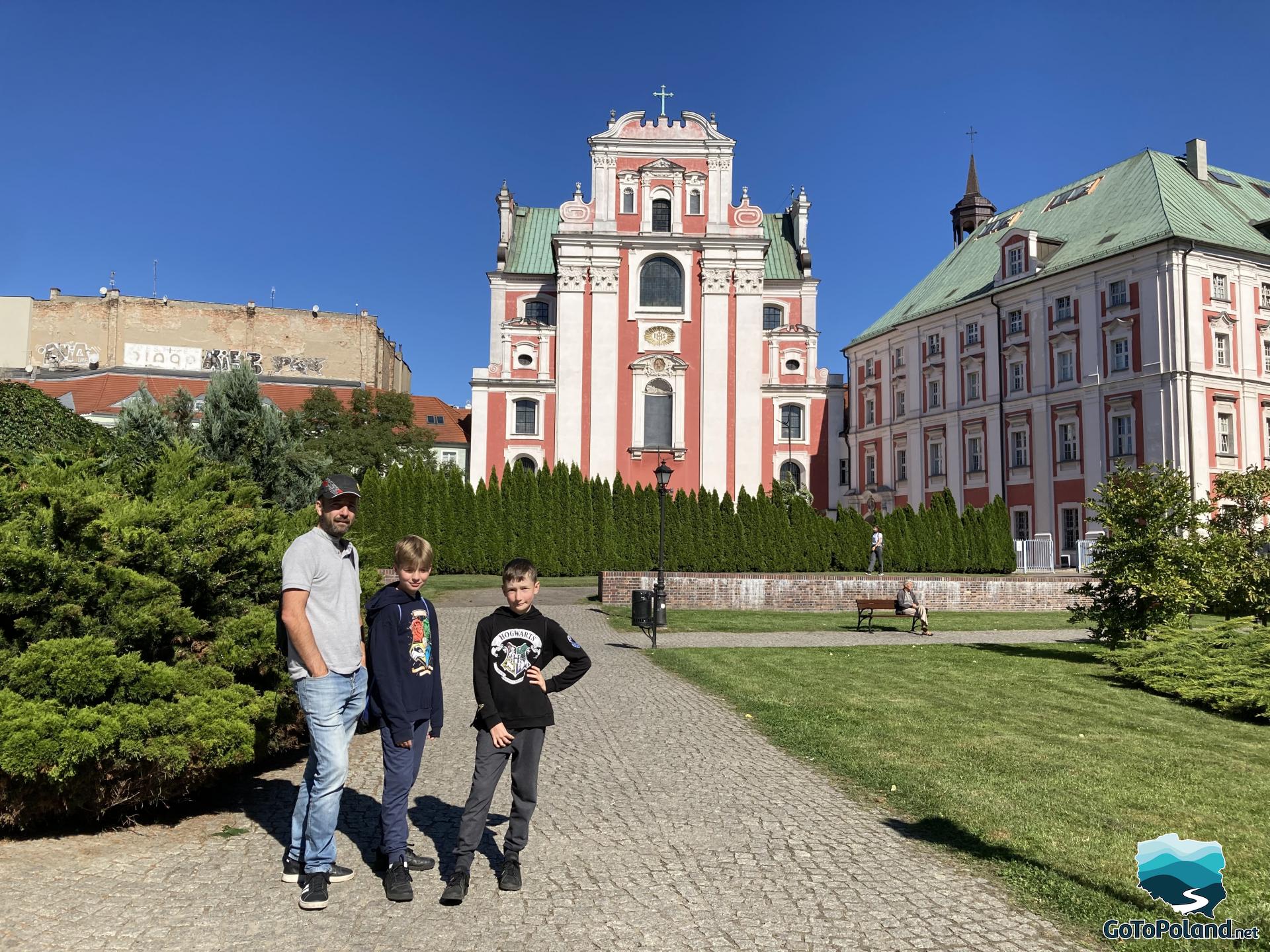
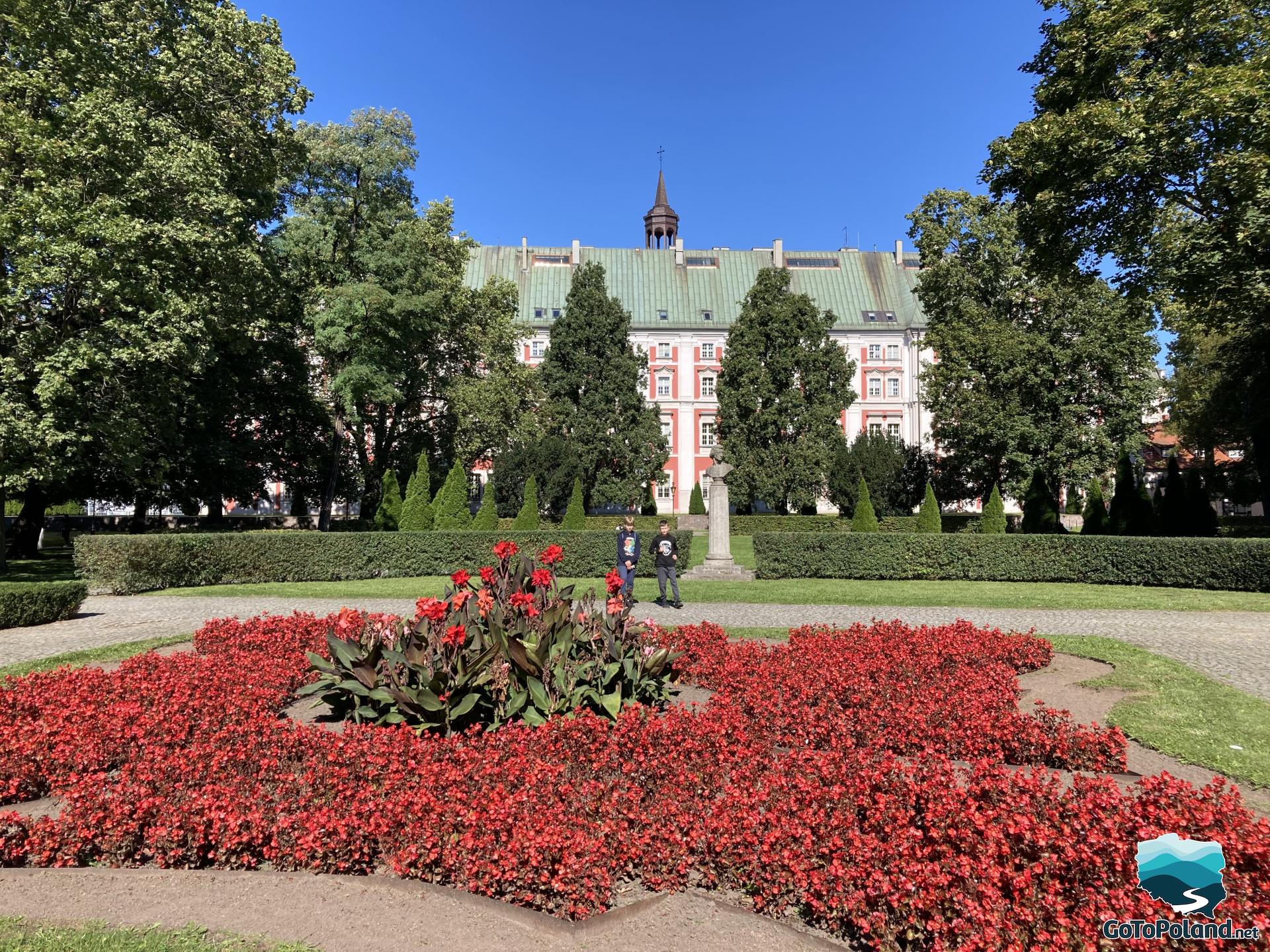
The interior of this Baroque Basilica is simply amazing! I recommend listening to an organ concert there. The combination of interior and music gives an amazing experience for the spectator. It is a feast for the senses.
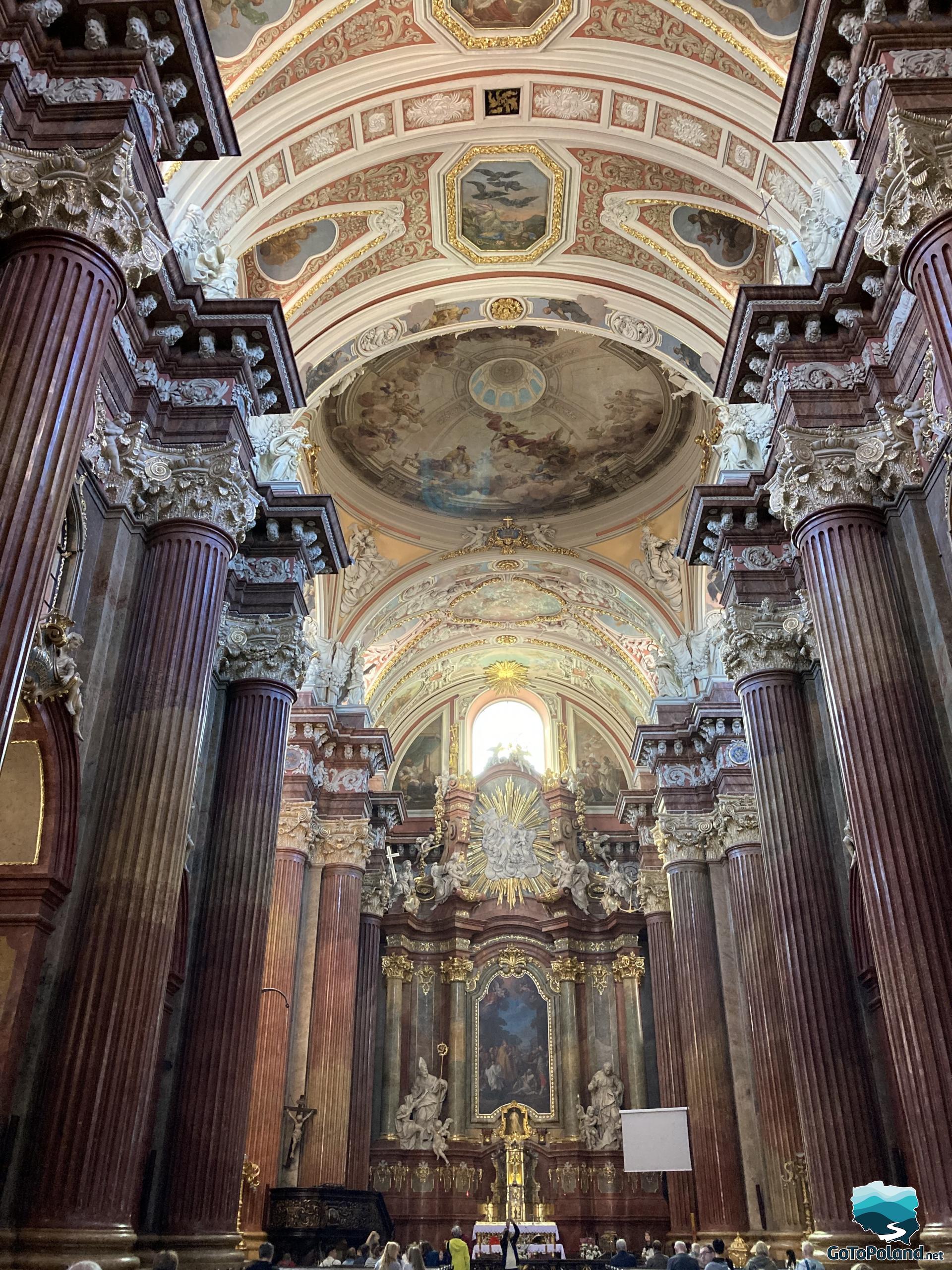 |  |
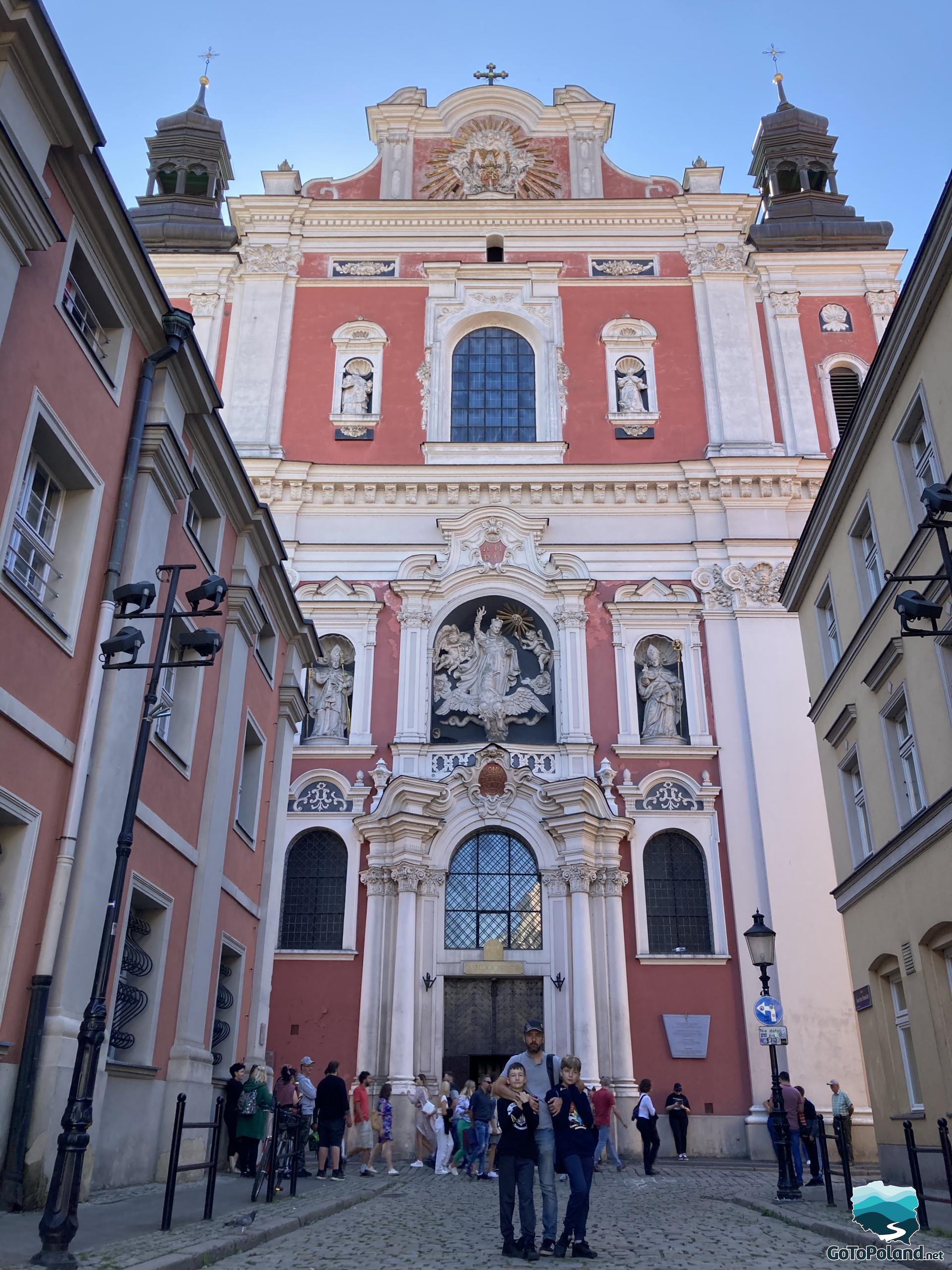
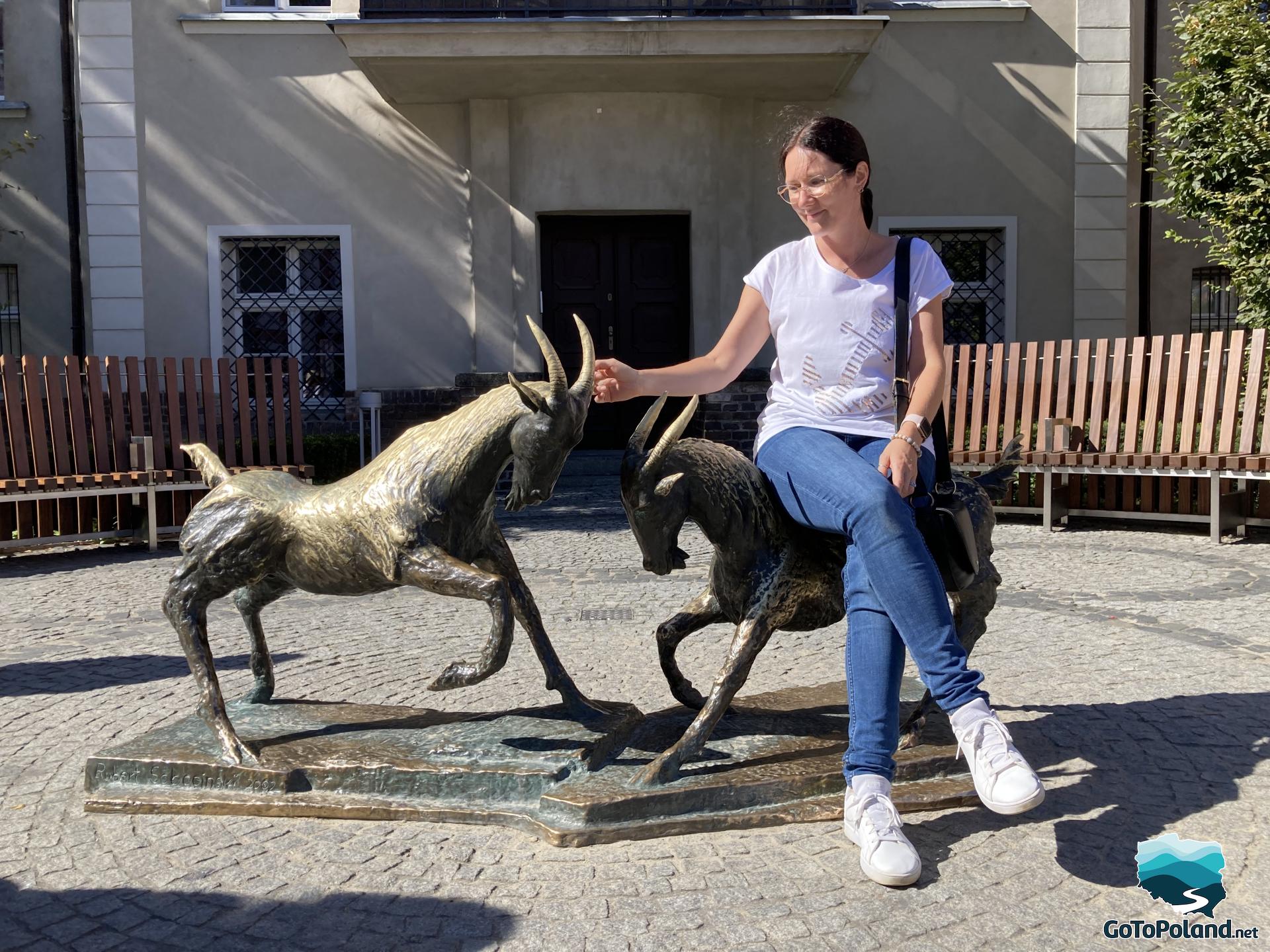
When we were in Poznań, the Main Market Square was still under renovation. Hence, my photos show construction work and heavy equipment. Main construction works were completed in 2023.
Colorful tenement houses with early Renaissance arcades are located on the eastern edge of the central block. They are a unique monument of terraced market buildings. This is the best preserved and most faithfully reproduced complex of stalls from the former bazaar. Herring stalls existed here in the 13th century. In the 15th century, their owners, associated in the builders' guilds, began to build brick houses on narrow parcels with a stall on the ground floor and living rooms on the upper floors. The entrances to the stalls were hidden in arcades, which received their current appearance in the first half of the 16th century.
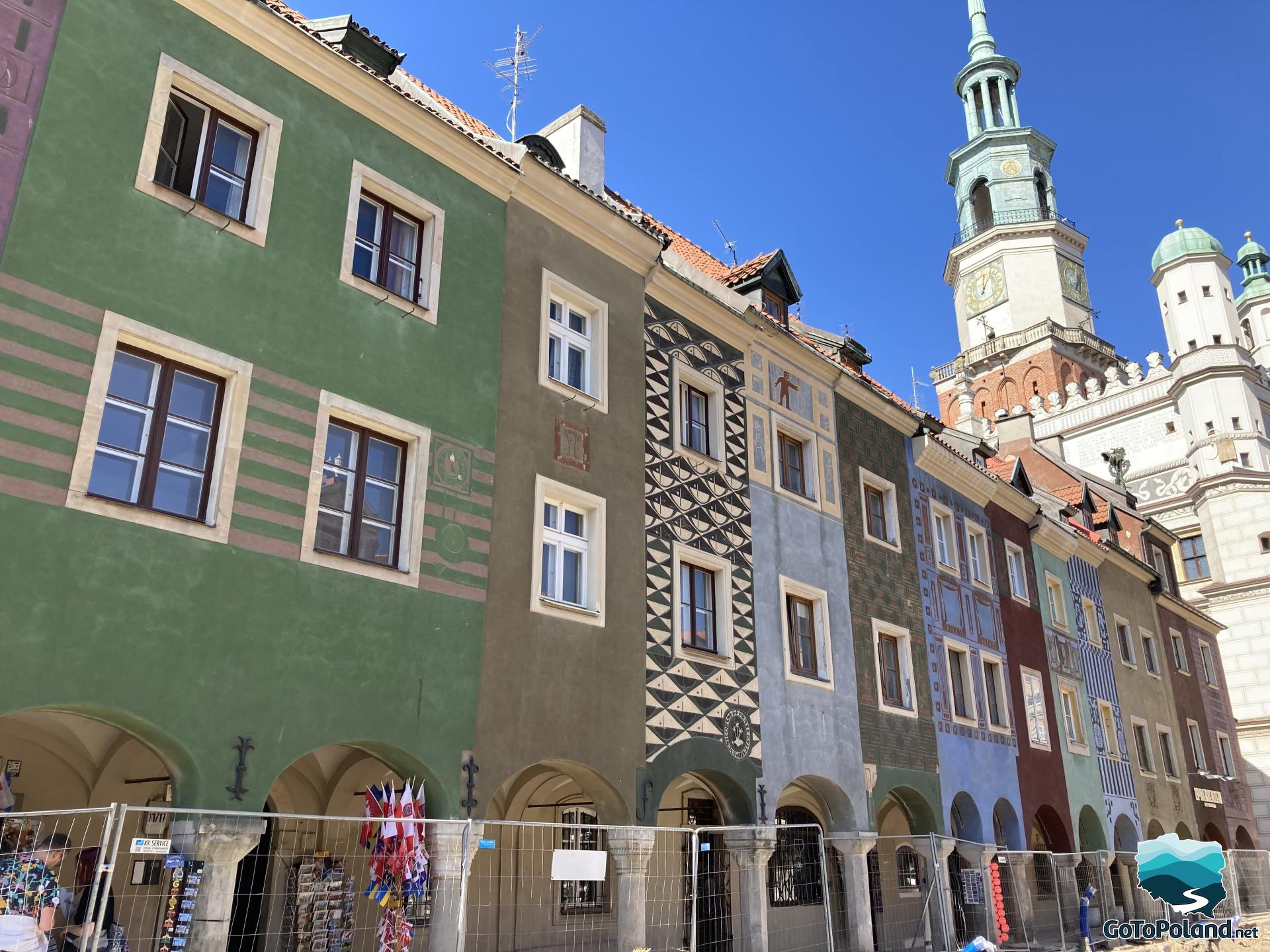
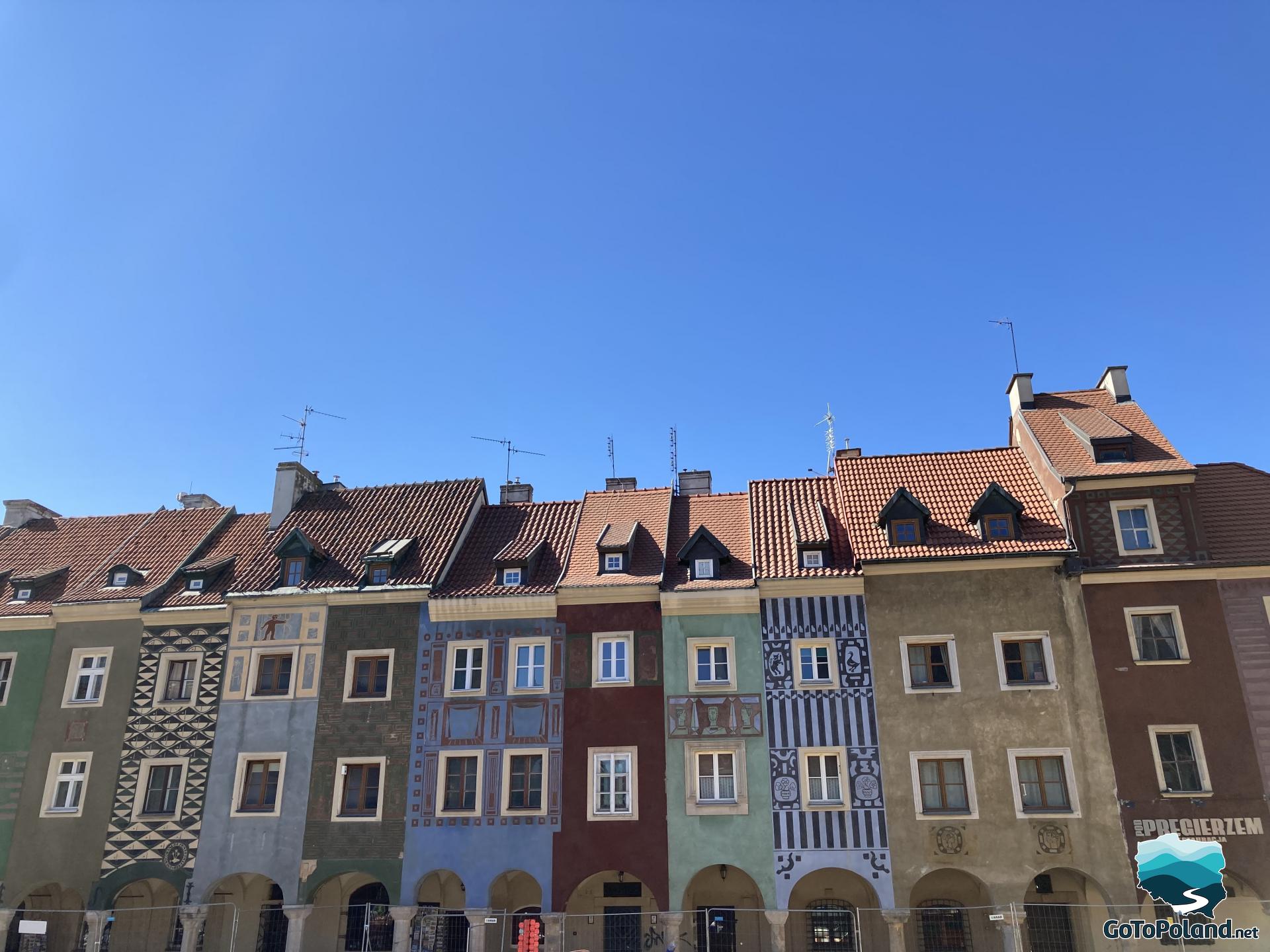
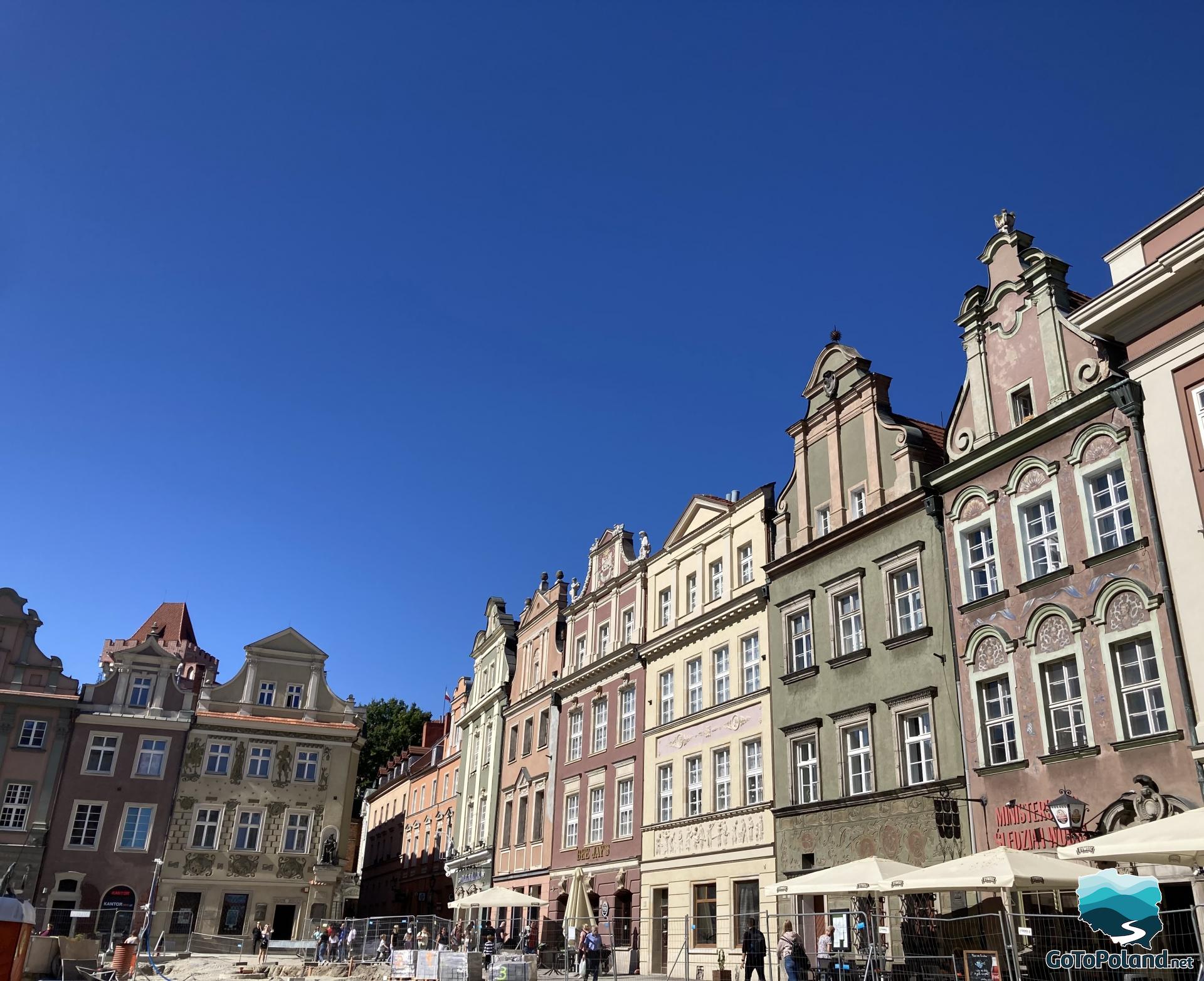
Even during reconstruction, the Main Market Square in Poznań looks wonderful thanks to the tenement houses and their richly decorated facades.

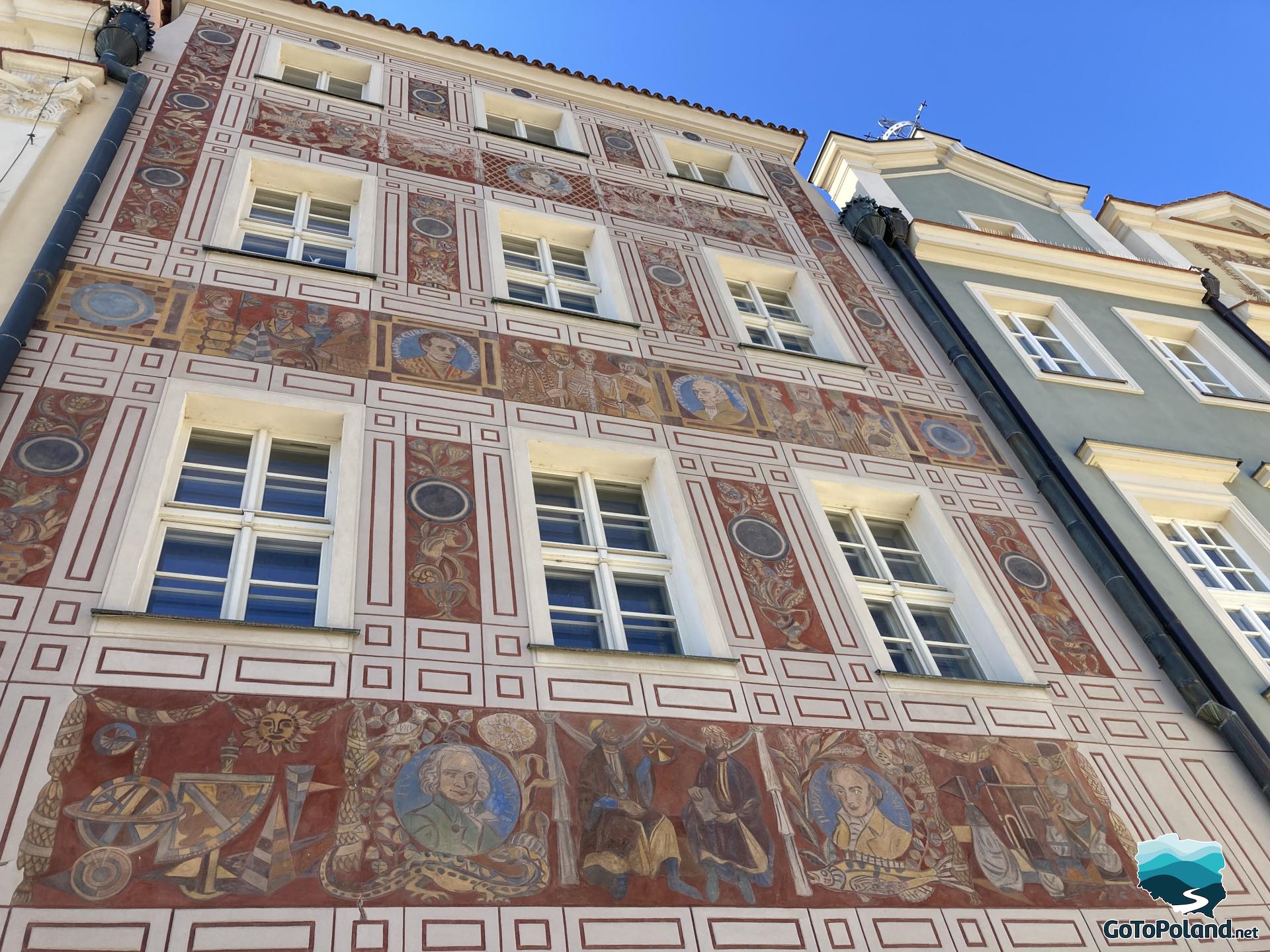
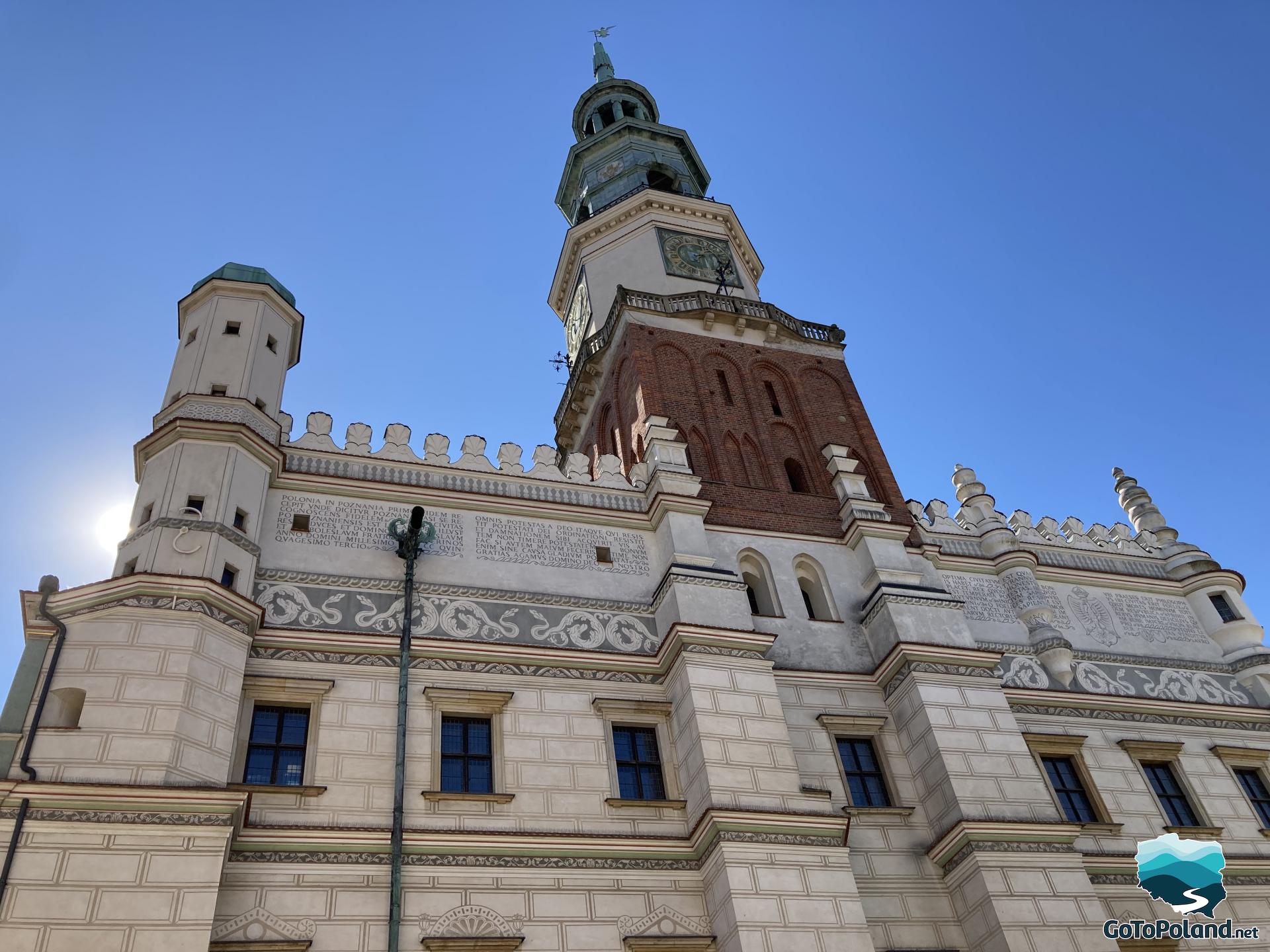
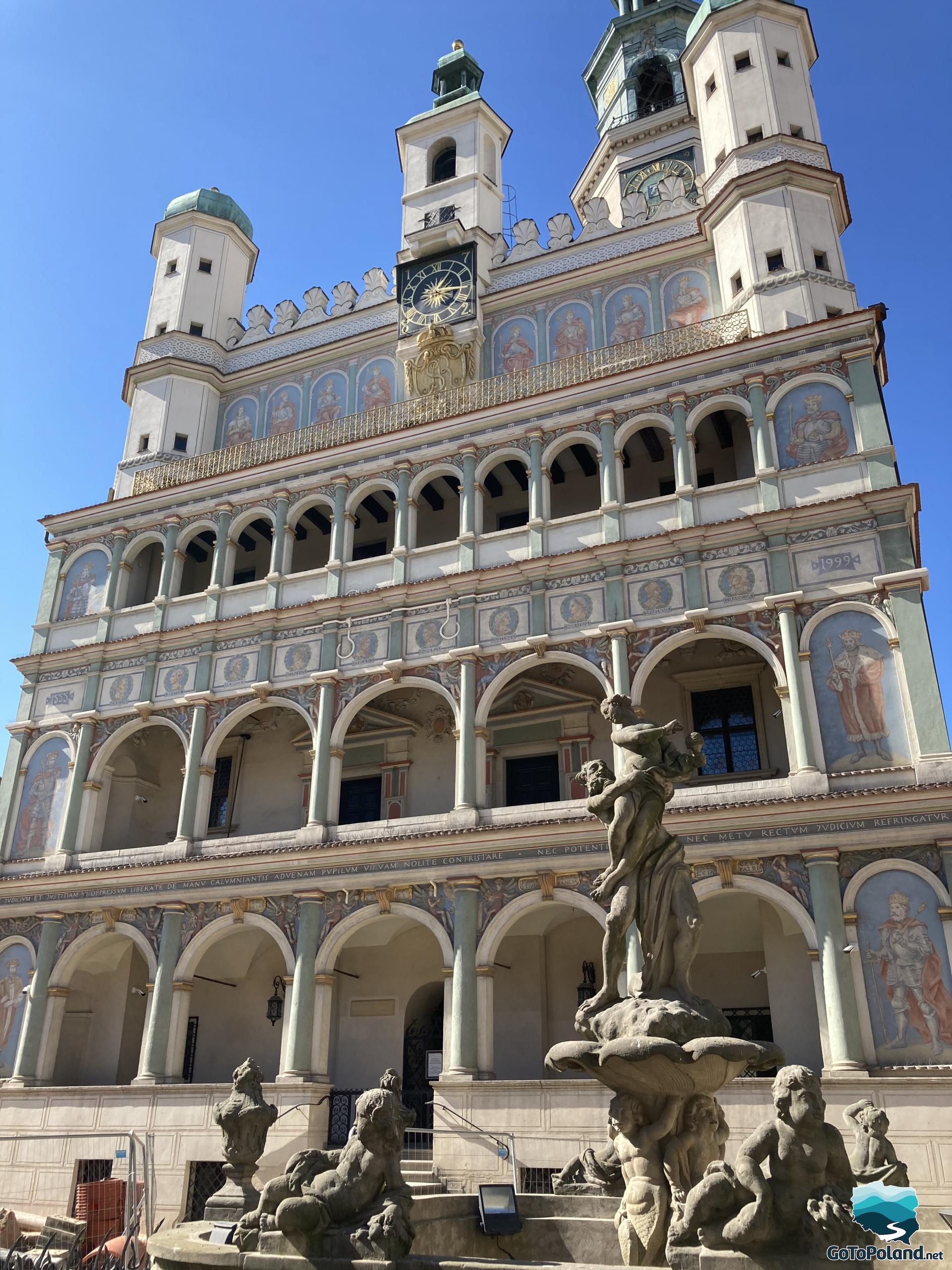
I took this photo below from the window of the Croissant Museum of Poznań, which is dedicated to the tradition of the St. Martin's croissant. The photo shows one of Poznań's most popular attractions - the mechanical goats (just above the clock). The goats are activated every day at noon.
Legend says that two stubborn goats were about to be eaten at a feast, but escaped to the clock tower. There, they began to tap each other with their horns and the gathered guests were so delighted that the goats' lives were spared. In their honor, a mechanism was created, which we can now admire in the Poznań City Hall.
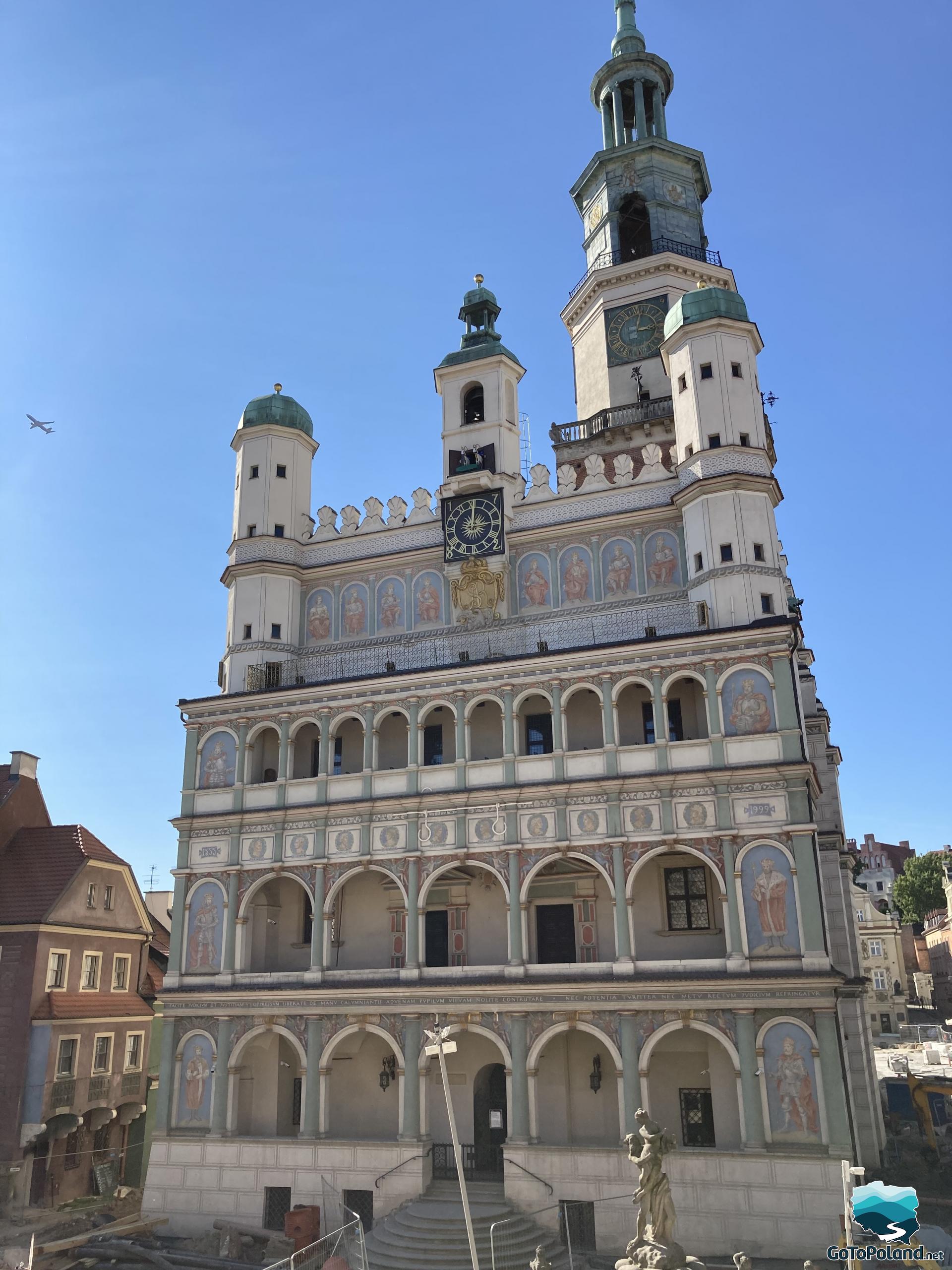
In Toruń, we participated in special workshops at the Gingerbread Museum. I remember it was a fantastic experience. In Poznań, I signed us up to the Poznań Croissant Museum. There was some history (we knew the secrets of Saint Martin Croissants), great humor and lots of fun. I recommend both museums. It's a fantastic break from sightseeing and a good adventure for children and adults. The museum is located in a beautiful Renaissance tenement house opposite the City Hall, so if you buy a goat show, you will be able to see them at noon.
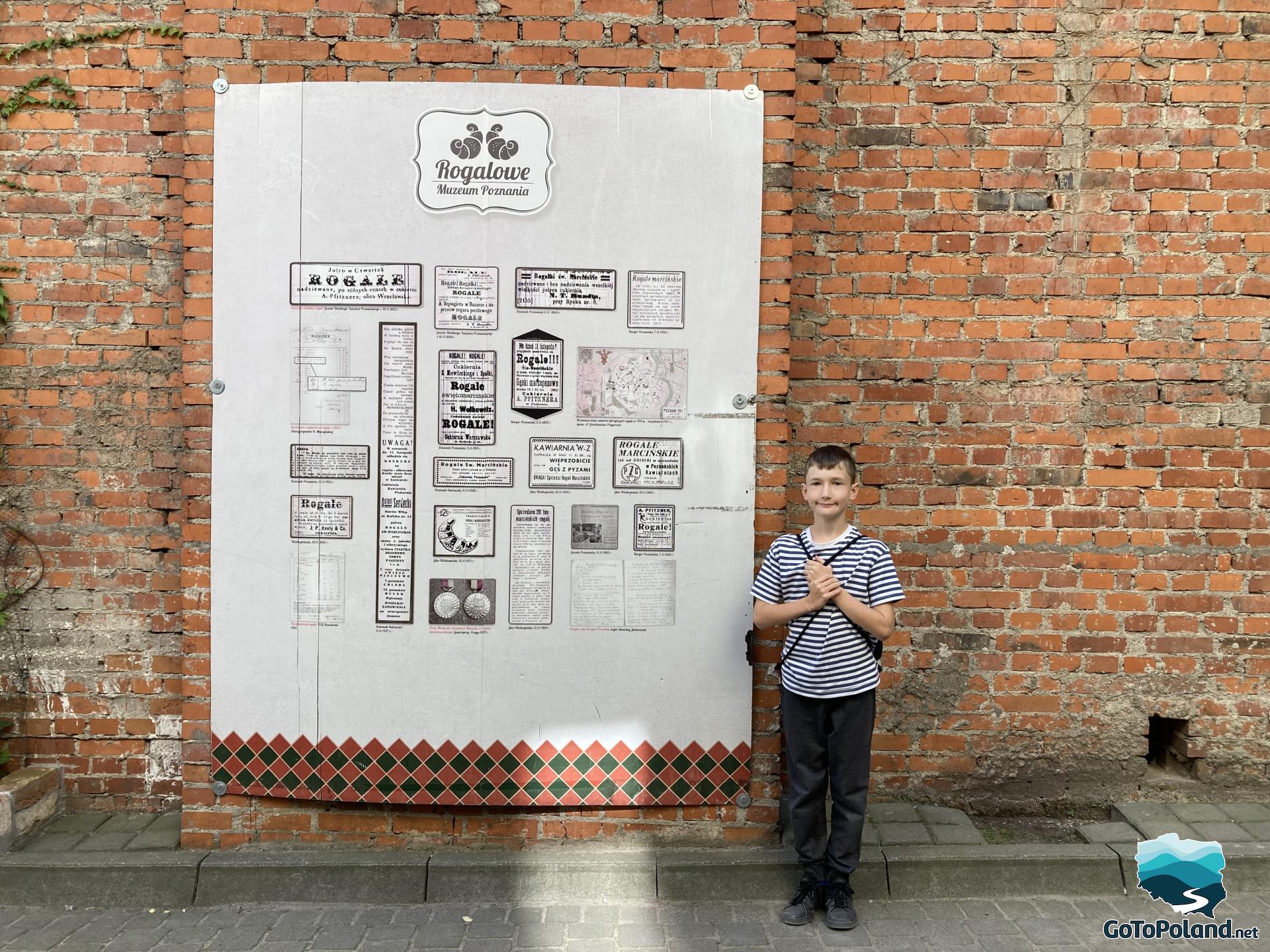
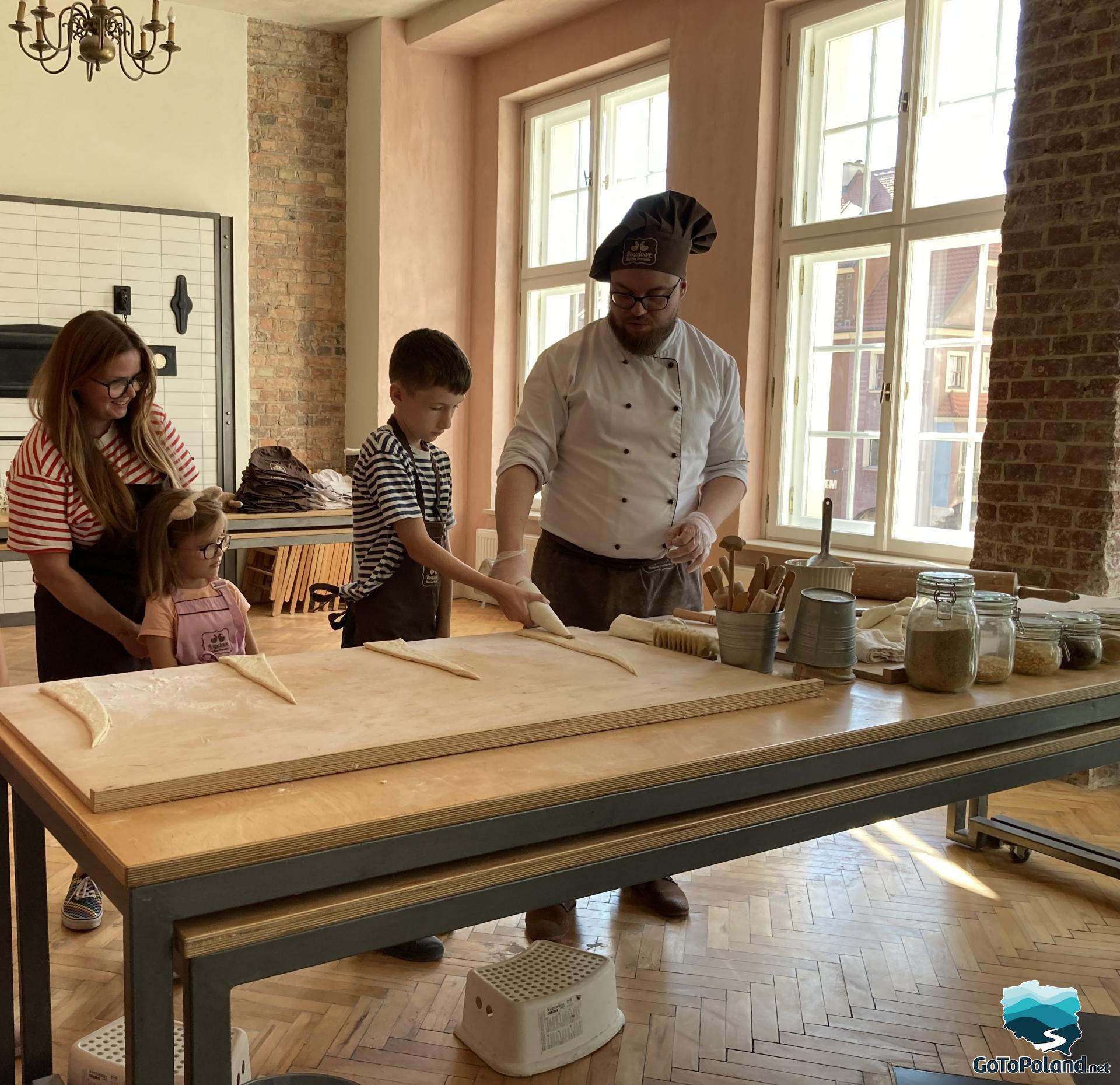
There are several sculptures commemorating people or events important to Poznań in the Old Market Square or in its vicinity.
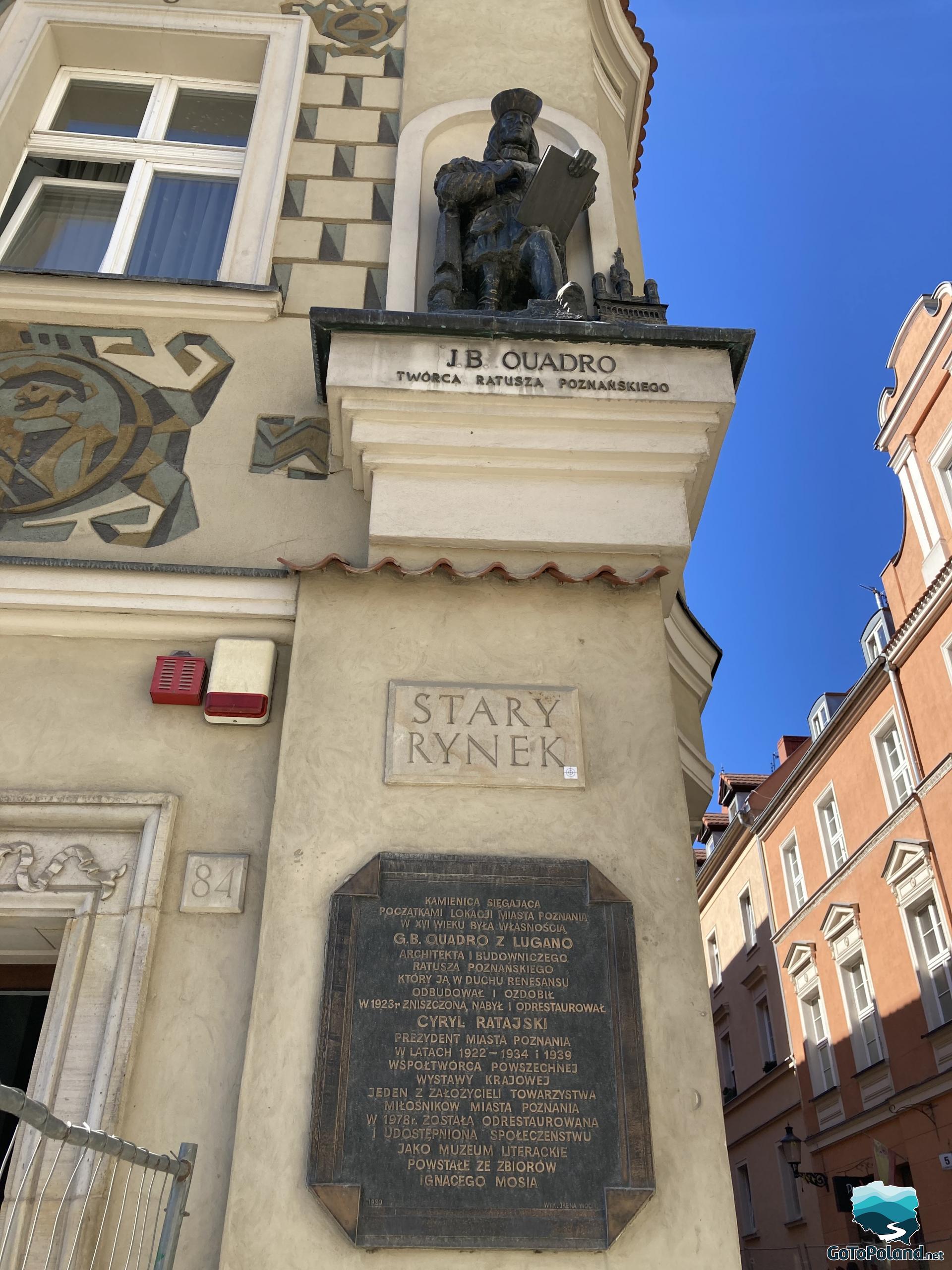
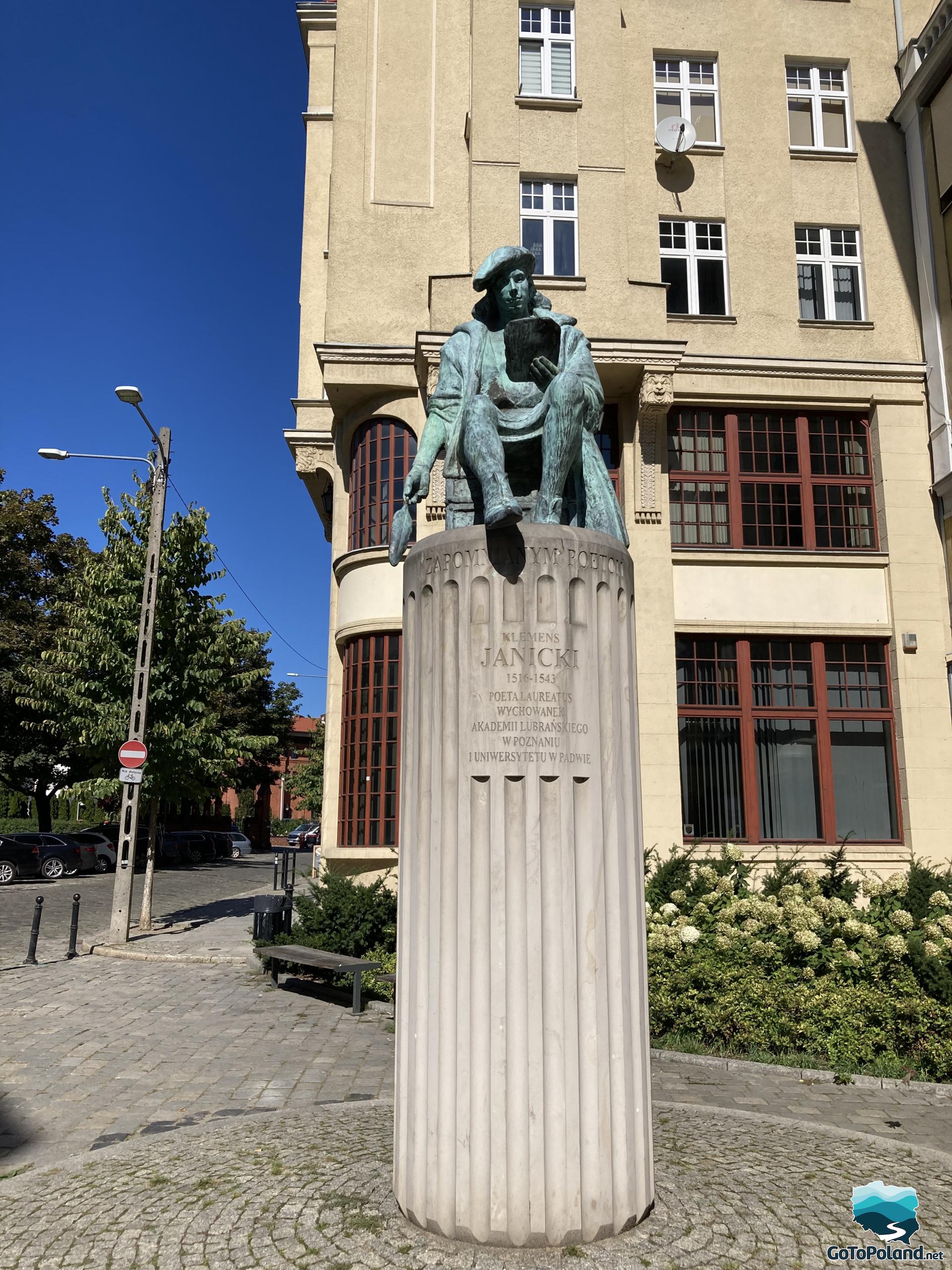
I couldn't imagine visiting Poznań without Ostrow Tumski. So we finally reached this oldest part of the city. The Archcathedral Basilica of Saints Peter and Paul in Poznań is one of the oldest Polish churches and the oldest Polish cathedral (since 968). It is the burial place of the first rulers of Poland and the presumed place of baptism of Mieszko I. Just look how majestic it is!
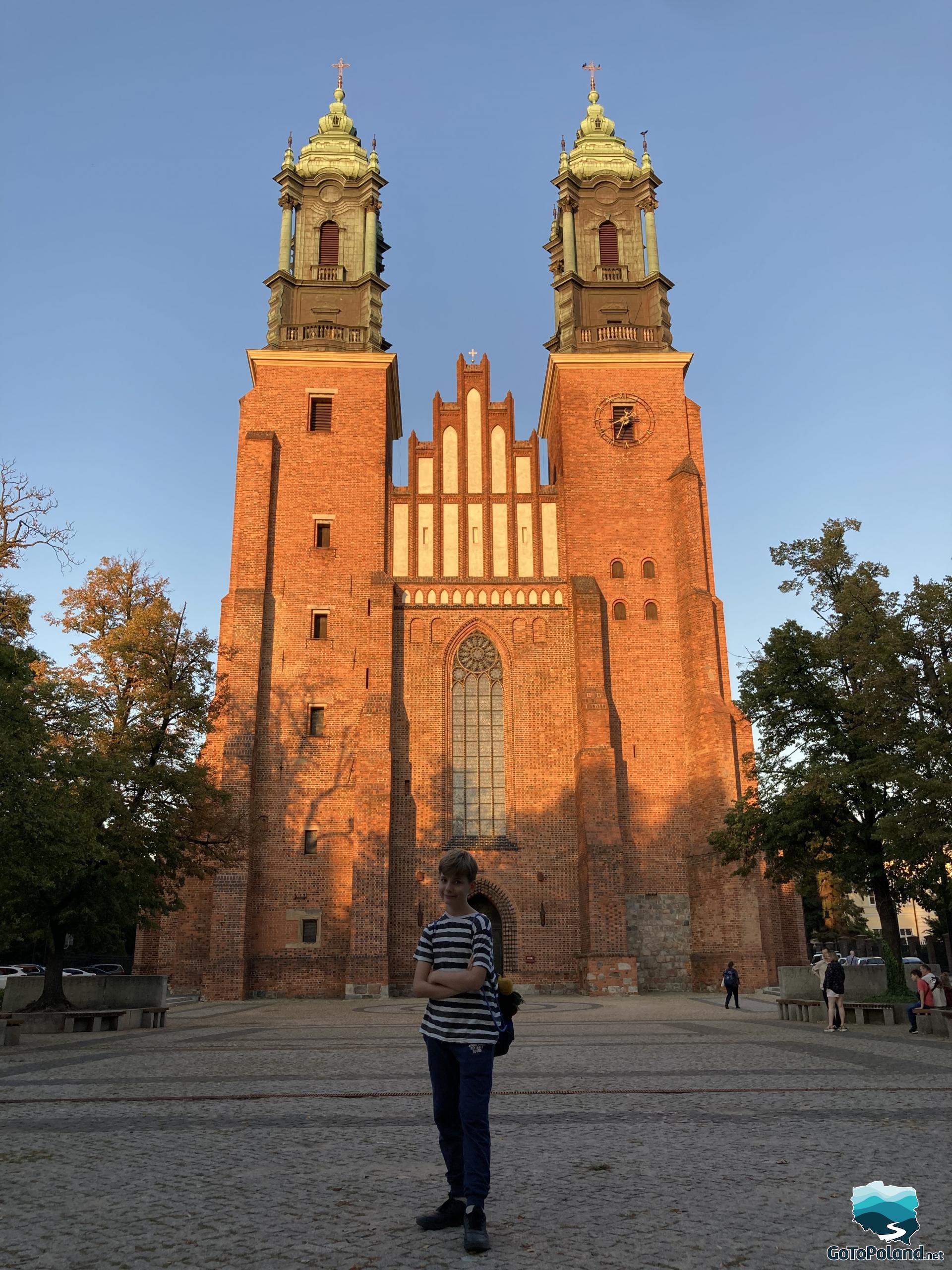
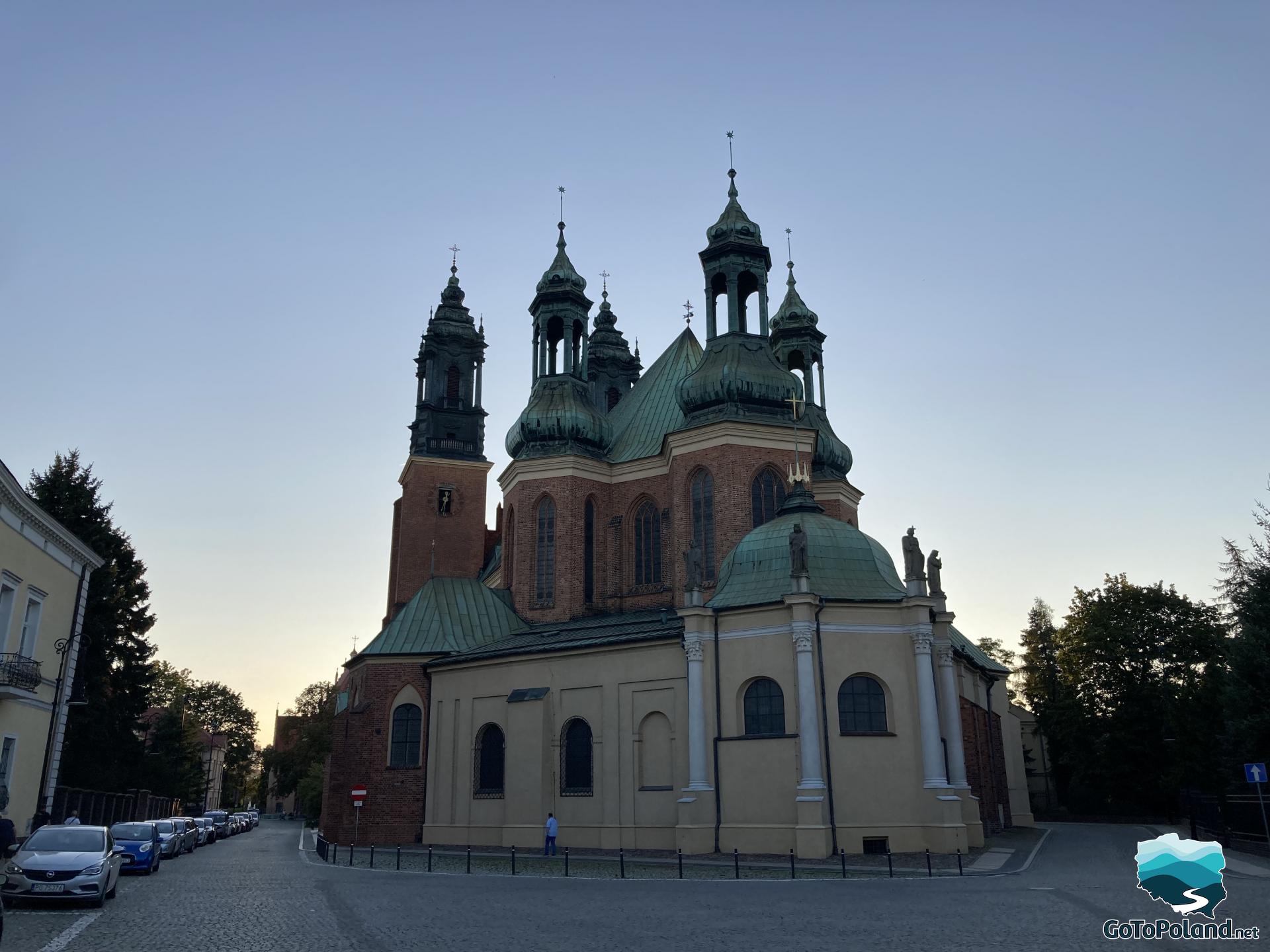
The Bishop Jordan Bridge is located right next to the cathedral. It is a popular place especially for newlyweds who do photo sessions there.
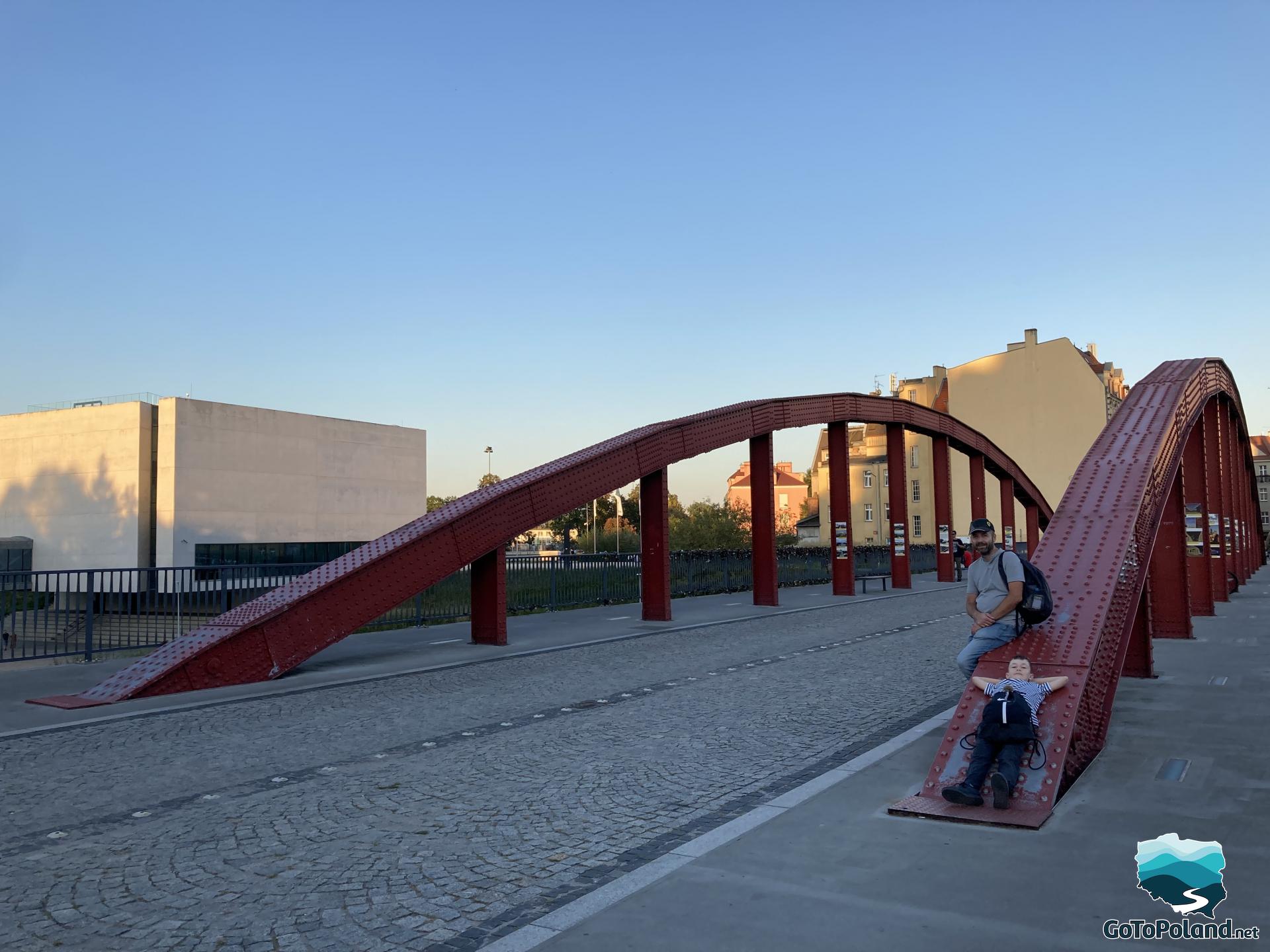
Just a few metres from the cathedral is a unique institution. It is called the "Porta Posnania". It is a cultural institution dealing with the presentation, interpretation and promotion of the history and heritage of Ostrów Tumski in Poznań.
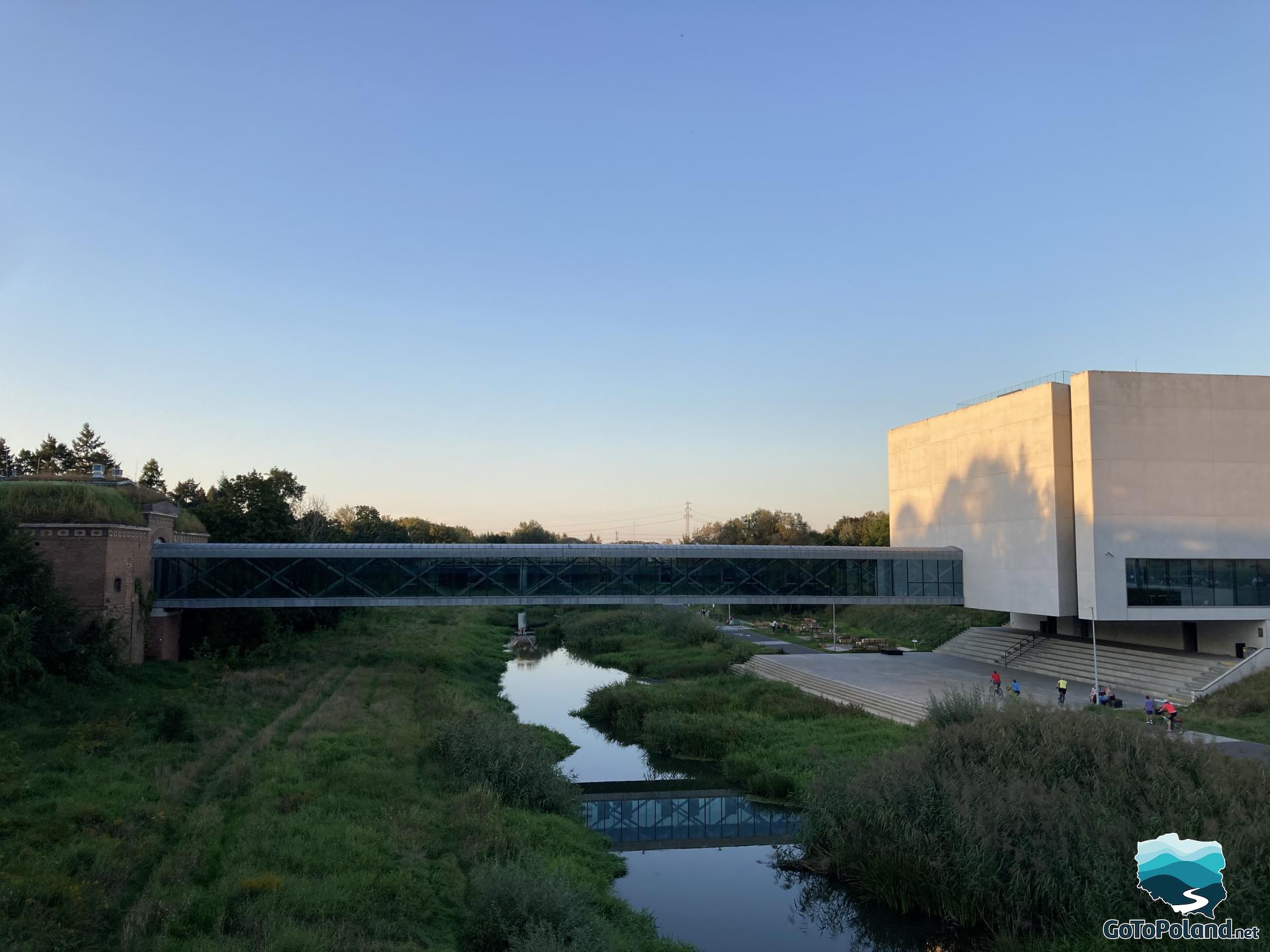
We continue the tour and you can see other great places and sights in the second topic about Poznań (available soon). You are warmly welcome :)
Poznań sightseeing in one day
How to get to Old Market Square in Poznań?

